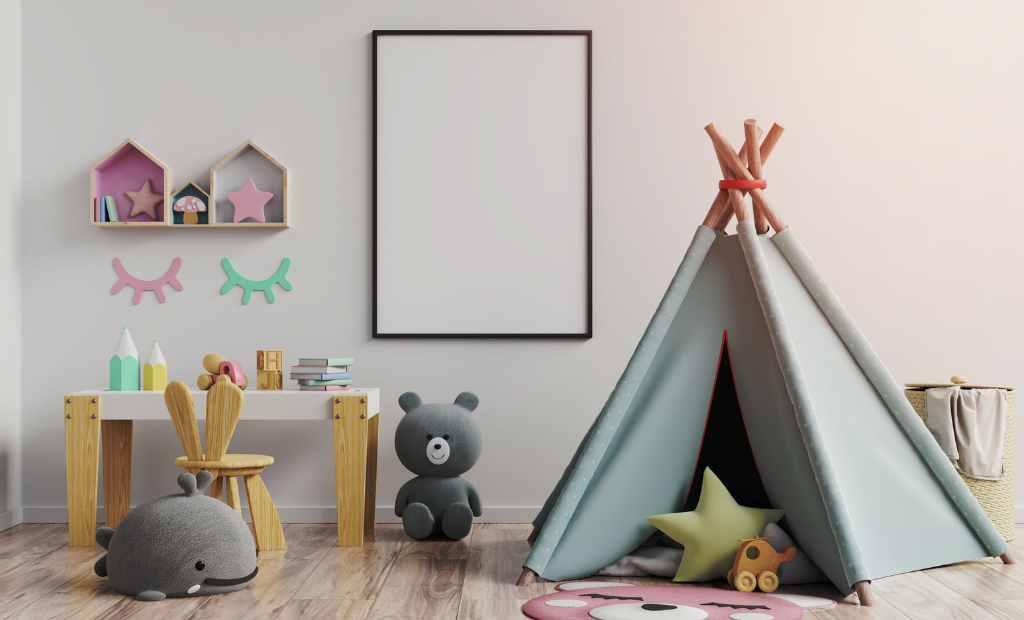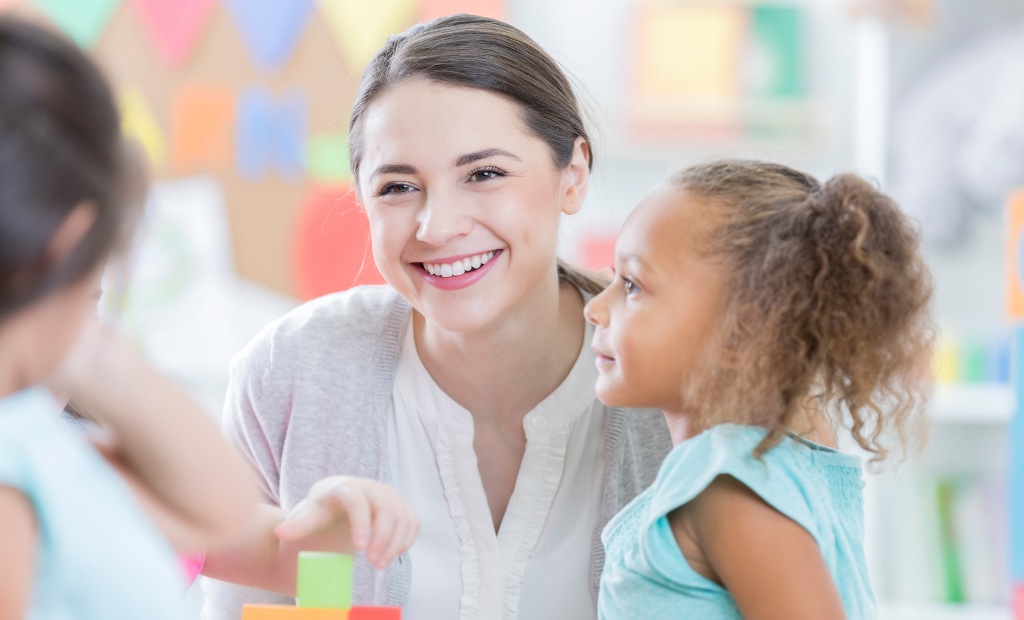Creating safe spaces for learning about diversity and religion
How can we create spaces where children feel safe to ask difficult questions, and we, as adults, feel safe and confident in answering them?
A safe space can be a physical or virtual environment intentionally created to provide a supportive and non-judgmental atmosphere where individuals feel comfortable to express themselves freely, without fear of discrimination, harassment, or violence. It’s a place where people can share their experiences, perspectives, and opinions without being criticized or judged.
Safe spaces can be created for various purposes, such as exploring sensitive or controversial topics, seeking support for mental health or personal issues, or promoting diversity and inclusion. As educators and caregivers of young children, it is our responsibility to create these safe and inclusive environments for our children.
A place intended to be free of bias, conflict, criticism, or potentially threatening actions, ideas, or conversations”
Why is it important to create safe spaces for our children?
When children feel safe and supported, they are more likely to ask questions, explore new ideas, and express themselves freely. This is particularly important during the crucial developmental stage experienced between the ages of 3-7 years, when children begin to form their own identities and understand the world around them. Unfortunately, not all environments are conducive to this type of exploration, which is why creating safe spaces for children to explore big questions is so essential.
Following are some of the advantages children can experience when adults create safe spaces for them.
They feel:
- Supported and accepted when discussing sensitive topics.
- Encouraged to ask questions and explore big ideas
- Supported in developing their critical thinking skills
- Free from fear of judgement, intimidation, uncomfortable feelings, or criticism
- Empathy and an understanding of diverse perspectives
- A positive attitude towards diversity with an appreciation for different perspectives
- Access to a deeper understanding of themselves and others
- Tools to navigate an increasingly diverse and complex world
And they develop:
How do safe spaces encourage our children to explore big questions about diversity and religion?
To create a safe space where big questions about diversity and religion can be openly discussed, it’s crucial to employ specific strategies such as active listening, using open-ended questions, fostering a sense of belonging, and the modelling of inclusive behaviour.
- Active listening: This involves paying close attention to what children are saying, and responding in a way that shows that you understand and value their thoughts and feelings. When we actively listen to children, we help them feel heard and validated, and create a sense of trust and respect that is essential for meaningful discussions.
- Using open-ended questions: Open-ended questions encourage children to think deeply, reflect on their experiences, and express their thoughts and feelings in their own words. By asking open-ended questions, we can stimulate children’s curiosity, creativity, and critical thinking skills, and encourage them to explore big questions about diversity and religion in a meaningful way.
- Fostering a sense of belonging: When children feel like they belong, they are more likely to feel safe, secure, and supported. This can be achieved by creating a classroom or home environment that is welcoming, inclusive, and reflective of the diversity of the children in your care. It can also be achieved by celebrating the unique qualities and contributions of each child, and by promoting a sense of community and collaboration.
- Modelling inclusive behaviour: Children learn by example, and when they see adults modelling inclusive behaviour, they are more likely to adopt these behaviours themselves. This can be achieved by using inclusive language, challenging stereotypes and prejudices, and celebrating diversity in all its forms.
By adopting these strategies, we can create a safe environment that will encourage our children to explore and express their thoughts and feelings about big questions in a respectful and meaningful way.
.
How can we create physically safe spaces where our children can feel comfortable to discuss big questions about diversity and religion?
Designating a specific area within the setting for individual reflection, group discussions, or circle time is a useful initial measure in achieving this. However, to transform this space into a safe and nurturing environment that is suitable for personal reflection and learning, the physical surroundings must foster tranquillity and encourage reflection.
Consider implementing the following techniques to accomplish this:
- Design the space with comfortable seating and natural light: Create a comfortable seating area with soft furnishings (e.g., blankets and cushions) in a location receiving lots of natural light to inspire the children to relax, feel open, and at ease; ideal preparation for quiet reflection.
- Incorporate calming elements: Add elements like plants, a water feature, meditation music, soft lighting, and quiet toys such as teddy bears, stress balls or fidget spinners, to promote a calming atmosphere and help the children feel more peaceful.
- Provide materials for self-reflection: Include materials like books and pictures related to big question topics; pencils, journals, and sketch pads; big question prompt posters and cards. Ensure that all resources are readily available for children to explore their big questions without interruption.
- Encourage independence: Allow the children to use this space and its resources independently and encourage them to take ownership of the space (including maintaining its welcoming tidy appearance!). Empowering children with this sense of ownership and responsibility for the space will inspire them to feel more connected with, and comfortable in, the space.
Closing thoughts…
To promote empathy, understanding, and respect towards diversity and religion, it is crucial we establish safe spaces where our children can explore big questions.
We can achieve this by employing strategies such as active listening, asking open-ended questions, fostering a sense of belonging, and by modelling inclusive behaviour in our settings. We can also set up physically safe and inspiring environments that will help our children to feel comfortable and supported as they learn to explore different cultures, beliefs, and perspectives with an open mind.
As educators and caregivers of our children, it is ultimately our responsibility to create these safe spaces for exploring big questions about diversity and religion. Going forwards, is there something you can do to create or improve a safe space in your setting?
Dr Clare Seymour
Clare has spent much of her professional career (over 30 years) in international settings. Part of her Doctoral research involved exploring the often hidden aspects of institutional racism. As a result she has a longstanding interest in, and passion for, promoting positive Diversity.
In addition to school music-teaching, Clare also has over 10 years’ experience working as an international music examiner – an understanding and respect for Diversity is so crucially important in every aspect of her practice.



